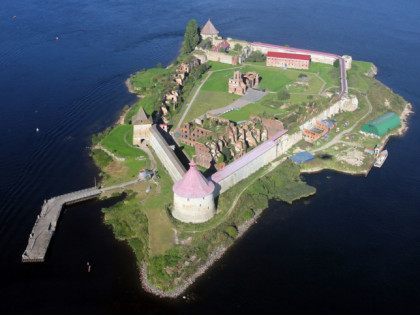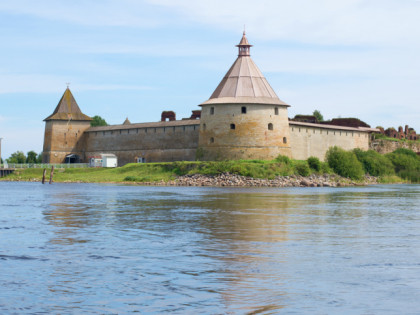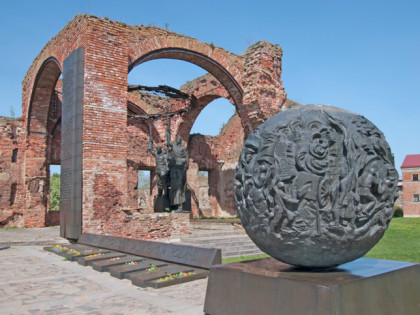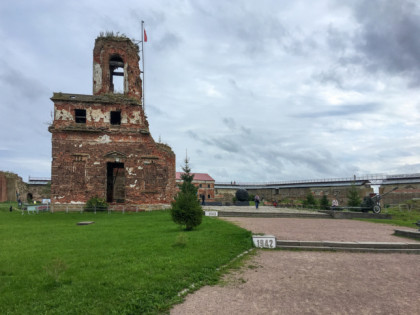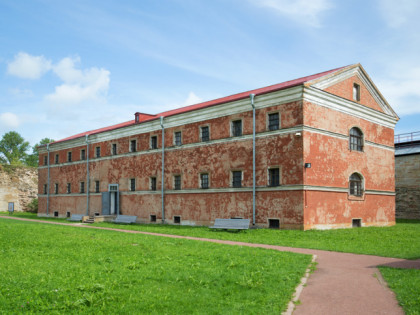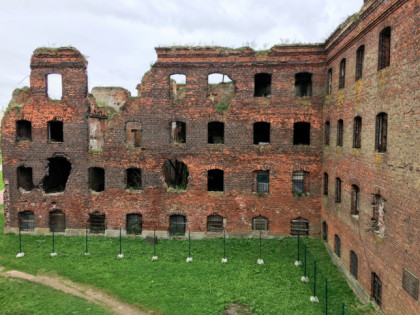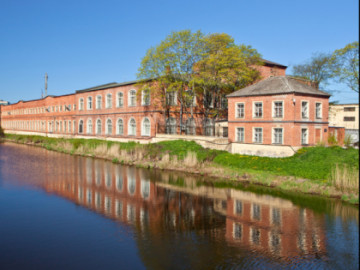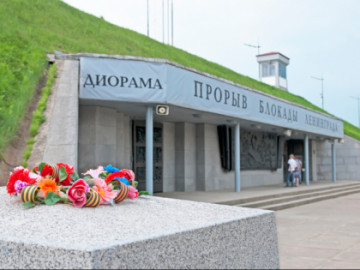Oreshek Fortress: Proud History of Ancient Walls
The excursion to Oreshek Fortress in Shlisselburg is a unique chance to connect with several epochs of Russian history at a time. This ancient defensive structure at the head of the Neva River is more than 650 years old! The first fortress was built on Orekhovets Island in 1323. Through the use of it, Prince Yury, the grandson of Alexander Nevsky, tried to balance the relations with the neighboring militant Swedes and safeguard the important trade route «from the Varangians to the Greeks».
During the next three centuries Oreshek Fortress participated in fights between Lithuanians, Swedes and Russians. Three-meter stone walls and other fortifications were erected here. The Neva River has become an additional protection against the enemies: its flow is very fast off the coast of Orekhovets Island and the water does not freeze even in severe frost. In 1612, the fortress was captured by detachment of the Swedes and renamed as Nöteborg («Nut-fortress»). They managed to capture the fortress only after a long siege, when almost all the defenders of Oreshek died of starvation. During that siege, the soldiers of the fortress hid the icon of the Mother of God in the wall. It was this icon that helped Peter the Great to win back Oreshek in 1702. The fortress town was given a new name, Shlisselburg, which means a «Key-town». Back then, Peter the Great had already been building St. Petersburg and realized perfectly well the importance of the lines defending the northern capital.
When Kronstadt was built in 1704, Oreshek Fortress lost its former strategic importance and served as a political prison. After the October Revolution, the prison was abolished and the fortress was destined to defend the country again. Here, a small heroic garrison fought to the bitter end during the Great Patriotic War for more than 500 days, not allowing German troops to tighten up the blockade around Leningrad of those days. The city survived thanks to this small fortress.
